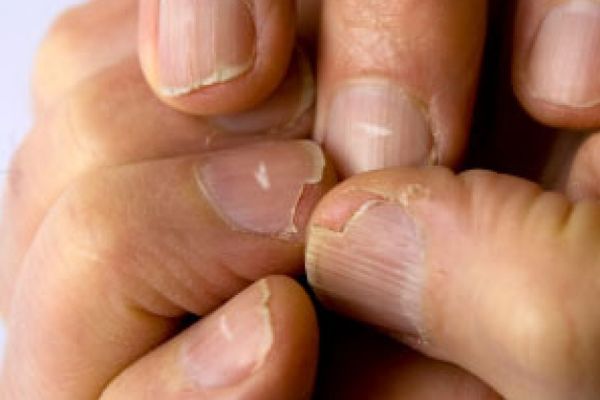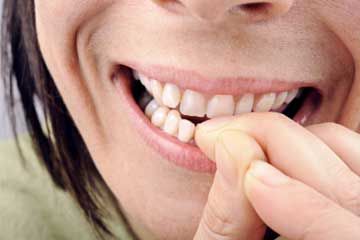One of the most requested manicure services is artificial nails, but not for Lee Redmond -- as of early 2012, she hadn't cut her fingernails since 1979. Her right thumbnail alone measures 2 feet, 11 inches (90 centimeters), and in total, her nails reach 28 feet, 4.5 inches (8.65 meters) [source: Guinness World Records].
For most of us, our nails are hardly world-record worthy, although they still have an important role to play: They protect tissues, scratch itches and act as windows to our overall well-being. They also offer warning signs of malnutrition, infection and serious disease.
Advertisement
Nails are layers of keratin, a protein that's also found in our skin and hair, and are made up of six parts. The nail plate is the hard, protective piece and the most visible part. The skin around the nail plate is called the nail folds, and the nail bed is the skin underneath the nail plate. The whitish crescent moon at the nail base, under the nail plate, is called the lunula, and the tissue overlapping the nail at the base is the cuticle.
Your nail grows from the matrix, an area under the protective cuticle at the base of the nail bed. Fingernails grow 2 to 3 millimeters every month and toenails about 1 millimeter, but growth is faster in the summer months and on your dominant hand [source: American Academy of Dermatology].
Trimmed or long, polished or plain, one thing's for sure -- healthy nails mean a healthy you.






